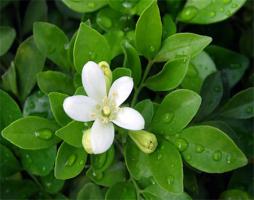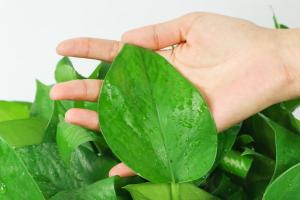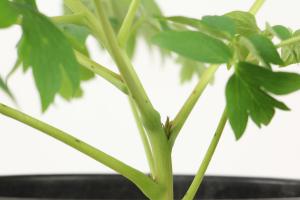The Importance of Staking Newly Planted Trees
Planting a new tree is an exciting endeavor that can potentially provide multiple benefits, including beauty, shade, oxygen, and wildlife habitat. However, simply planting a tree and walking away may not be enough to ensure its survival and healthy growth. Staking newly planted trees is a common technique that can help protect them from wind, rain, and other environmental factors that could damage or uproot them. Let's explore the importance of staking newly planted trees in more detail.
Preventing Leaning and Uprooting
One of the primary reasons for staking newly planted trees is to prevent them from leaning or uprooting due to strong winds or heavy rain. Depending on the size and weight of the tree, it may not have enough stability to withstand such forces on its own, especially in softer soils or sloping areas. Staking can provide additional support and anchorage, allowing the tree to establish its roots and grow straight and upright over time. Without staking, the tree may tilt, bend, or even break, reducing its chances of survival and causing potential safety hazards.
Promoting Root Growth and Trunk Strength
Another reason why staking newly planted trees can be beneficial is that it can promote root growth and trunk strength. When a tree is staked, it is encouraged to develop deeper and wider roots that can anchor it firmly to the ground. Moreover, staking can reduce the stress on the trunk and branches, allowing them to grow thicker and denser without bending or snapping. Over time, a well-staked tree can establish a strong and healthy root system and trunk structure that can withstand various environmental conditions.
Protecting Against Mechanical Damage
In addition to natural forces, newly planted trees can also be at risk of mechanical damage, such as accidental bumping or rubbing against other objects. Staking can help create a barrier or buffer around the tree, preventing it from coming into contact with harmful objects or animals. Moreover, staking can protect the tree from being grazed or trampled by livestock or wildlife, which can cause severe damage to the bark, branches, or leaves. By minimizing mechanical damage, staking can give the tree a better chance of survival and growth.
Choosing the Right Staking Methods
While staking newly planted trees can be beneficial, it is essential to choose the right methods and materials to avoid potential harm or interference. The stakes should be long enough to reach below the root ball and into the soil, but not so long that they impede root growth. The ties or straps should be loose enough to allow some movement in the tree, but not so loose that they allow the tree to sway excessively. Additionally, the stake and tie system should be removed once the tree is established enough to stand on its own, which can take anywhere from six months to two years, depending on the species and conditions.
Conclusion
Staking newly planted trees can be a valuable investment in their health and longevity. It can prevent leaning and uprooting, promote root growth and trunk strength, and protect against mechanical damage. By following the appropriate staking methods, we can help ensure that our trees have the best chance of flourishing and providing us with the many benefits they offer.

 how many times do yo...
how many times do yo... how many planted tre...
how many planted tre... how many pine trees ...
how many pine trees ... how many pecan trees...
how many pecan trees... how many plants comp...
how many plants comp... how many plants can ...
how many plants can ... how many plants and ...
how many plants and ... how many pepper plan...
how many pepper plan...






























